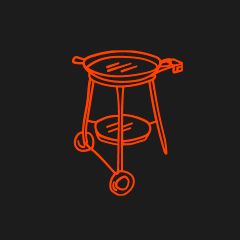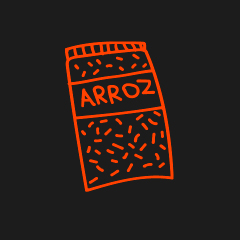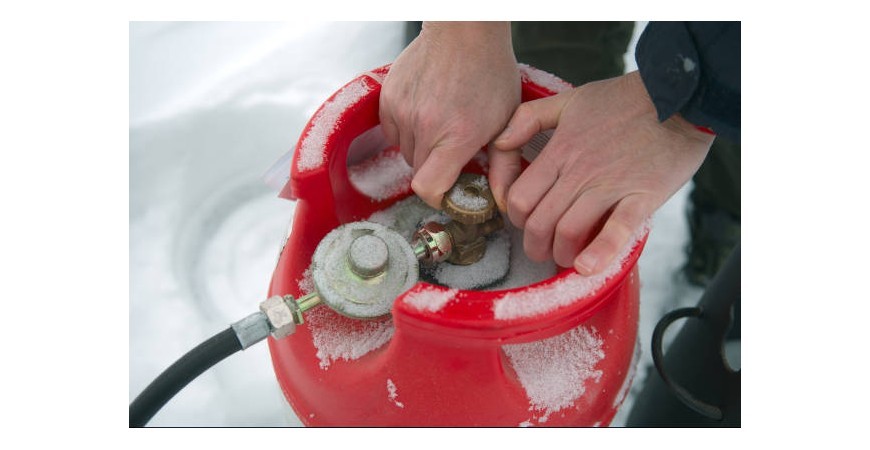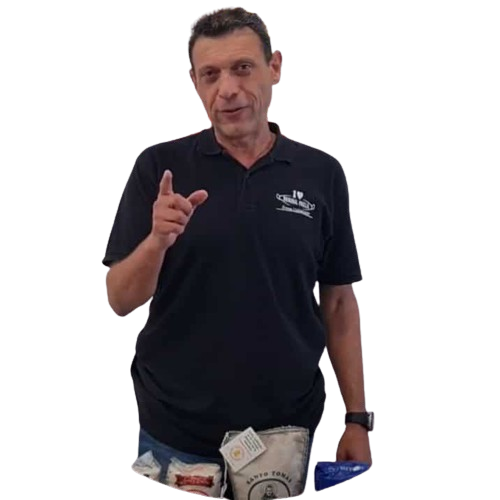How to prevent the gas bottle from freezing when making a paella
One of the most curious and dangerous phenomena for preparing our paella is the freezing of our regulator or nozzle (where the gas exits, to be more specific). It's a phenomenon with very low probability of occurring, but it will undoubtedly ruin our paella if the gas decides to stop flowing at the most crucial moment in the preparation of our paella, when we add the water and rice.
But why does this happen? What should I do to avoid it? In this tutorial, we will explain why butane bottles freeze and how to prevent it.
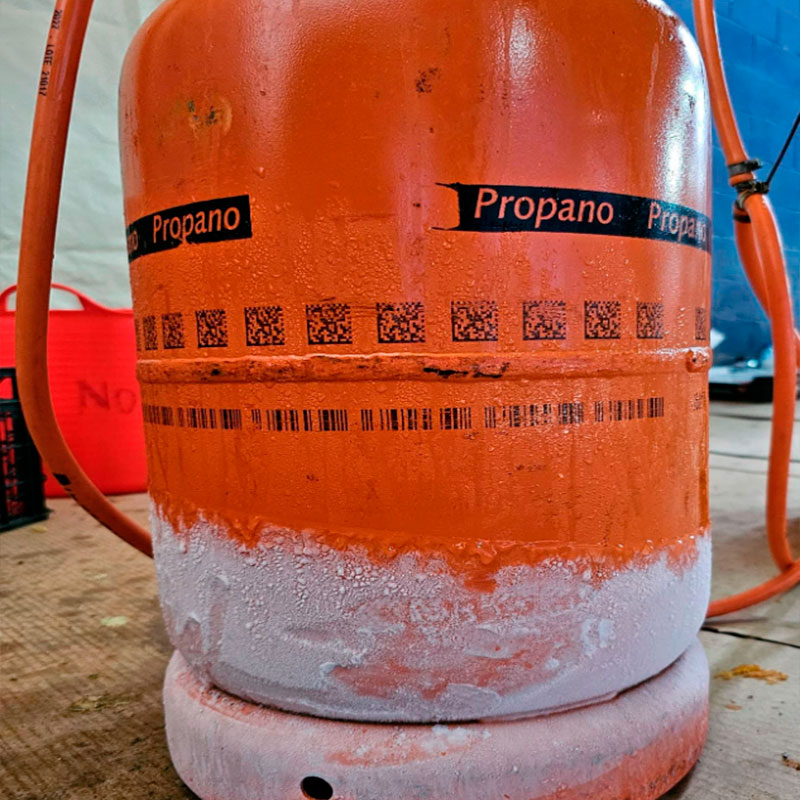
WHY DOES MY GAS BOTTLE FREEZE?
LOW TEMPERATURES
To begin with, let's clarify one thing: the boiling point of butane is -0.5°C, or 0 degrees for simplicity. This means that at extremely low temperatures, our gas bottles will stop working properly, as the butane, when turning into gas, lowers its pressure, making it harder for the gas to flow.
Now, I doubt you will be making paella at temperatures below 0 degrees, so how can the nozzle of my bottle freeze when we are at a warm (or extremely warm, if it’s summer) temperature? Well, pay attention because it's time for a brief physics lesson.
THE JOULE-THOMSON EFFECT
Are you still here? I thought no one was interested in physics anymore. James Prescott Joule was responsible for investigating and writing about this phenomenon. This effect describes the temperature change a gas undergoes when it expands through a valve or narrow opening without doing work and without exchanging heat with the surroundings. Don’t be scared; I’ll translate that for you.
When the gas, butane in this case, is forced through a narrow nozzle, it gets compressed. This causes it, upon expanding into the ambient atmosphere (i.e., when it exits the bottle), to come out at a lower temperature than it was inside the container. Do you know how when you use spray deodorant and it’s cold? That’s because of this. These temperatures can become quite cold.

So, how does this affect the gas flow? Quite simply, although butane doesn’t freeze when it exits, regardless of its power, it can cool the moisture in the air, causing the water from the moisture to condense and wet the bottle's nozzle. Now, let’s connect the dots to see if you’ve been paying attention.
Butane exits the bottle under pressure, transitioning from a liquid state to a gaseous state. Recall what temperature butane needs to become gas (no cheating). That’s right, when butane gas exits the bottle, the temperature momentarily drops, potentially reaching or even exceeding 0 degrees depending on the power. And what temperature does water need to freeze? Well, now you know why the regulator freezes when you use a lot of power.
For those who missed it, the water that condenses on the nozzle ends up freezing due to the cold produced by the butane as it exits. Essentially, this is a relatively strange and unlikely phenomenon, but not impossible, so let's look at some measures to avoid it.
HOW TO PREVENT IT FROM FREEZING?
LOWERING THE GAS OUTPUT POWER
Well, I guess we all know that just because cars can go over 200 km/h, it doesn’t mean we should ignore traffic rules. It’s the same here. Before turning the gas up to full power, we should be aware of the environment and its maximum power to avoid the Joule-Thomson effect. If your gas output allows more power than you need, don’t overdo it and keep it at a moderate level. It’s better for the food to take a bit longer to heat up than to run out of gas because you overdid it.
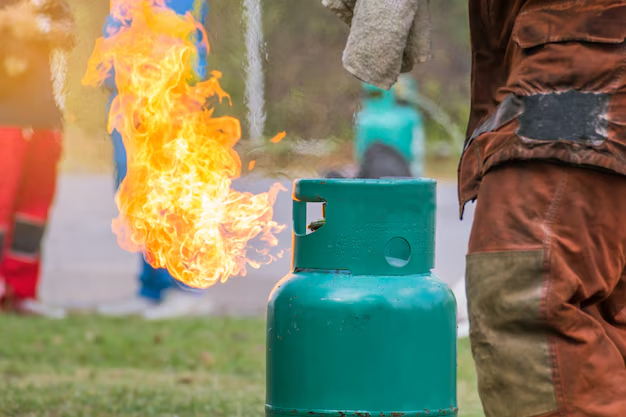
PREHEATING THE GAS
Another quite useful option, especially in cold environments, is to use a gas preheater, a heating hose, or a bottle cover that will keep our butane bottle warm. With these handy devices, we can heat the gas before it exits to prevent it from freezing the nozzle. Using the bottle cover at temperatures below 0 degrees will not only prevent the nozzle from freezing but also stop the liquid butane inside the bottle from turning into gas, thus avoiding poor combustion.
FINDING SUITABLE ENVIRONMENTS
Don’t worry, you won’t have to go to the mountains in the middle of summer or find the driest place possible. We know that both humidity and cold contribute to freezing the nozzle, so the best places to cook our paella would be:
- Outdoors, in a temperate environment: Even if it’s very humid, if you don’t set the power to maximum, there shouldn’t be a major problem since the butane temperatures won’t drop enough to cause freezing.
- Indoors, in a well-ventilated space with low humidity.
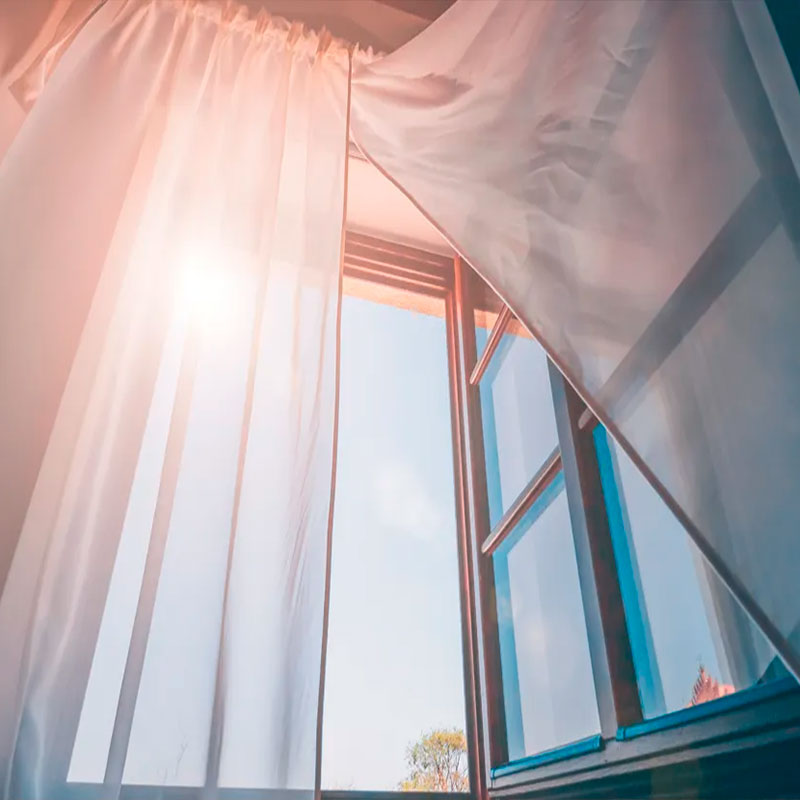
- In a cold environment: Ensure it’s an indoor space where you can control the temperature. Ideally, it should be above 10°C.
FREQUENTLY CHECK THE EQUIPMENT
While freezing is the main cause of a clogged nozzle, there can also be dirt or debris that has accumulated due to lack of use. This can significantly affect the gas flow from the bottle. If the necessary conditions are present, freezing will occur more quickly or we might not have enough power for a decent flame.
USE A SECOND GAS CYLINDER
This last tip is not applicable if we use small burners, but for those paella burners of large size, connecting a second cylinder can be not only a good solution to this possible problem, but also serves to provide the possible extra power needed to make our paella.
The reason for using this technique is that, by using two gas bottles, the power needed for our burner is distributed between both, which decreases the overall gas output needed from the two gas bottles. Less output force between the two but similar power, less likely that the gas output will freeze our nozzle.
And that’s it, that’s all we can tell you about the topic. We’re not physics experts but we do have some experience with paellas (some of us have had our regulators freeze before...). If you know of any other methods to prevent freezing or want to add extra information, feel free to leave a comment.

